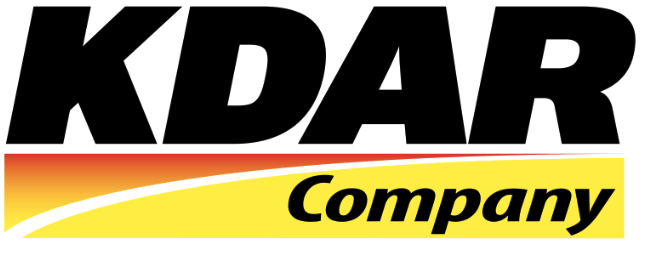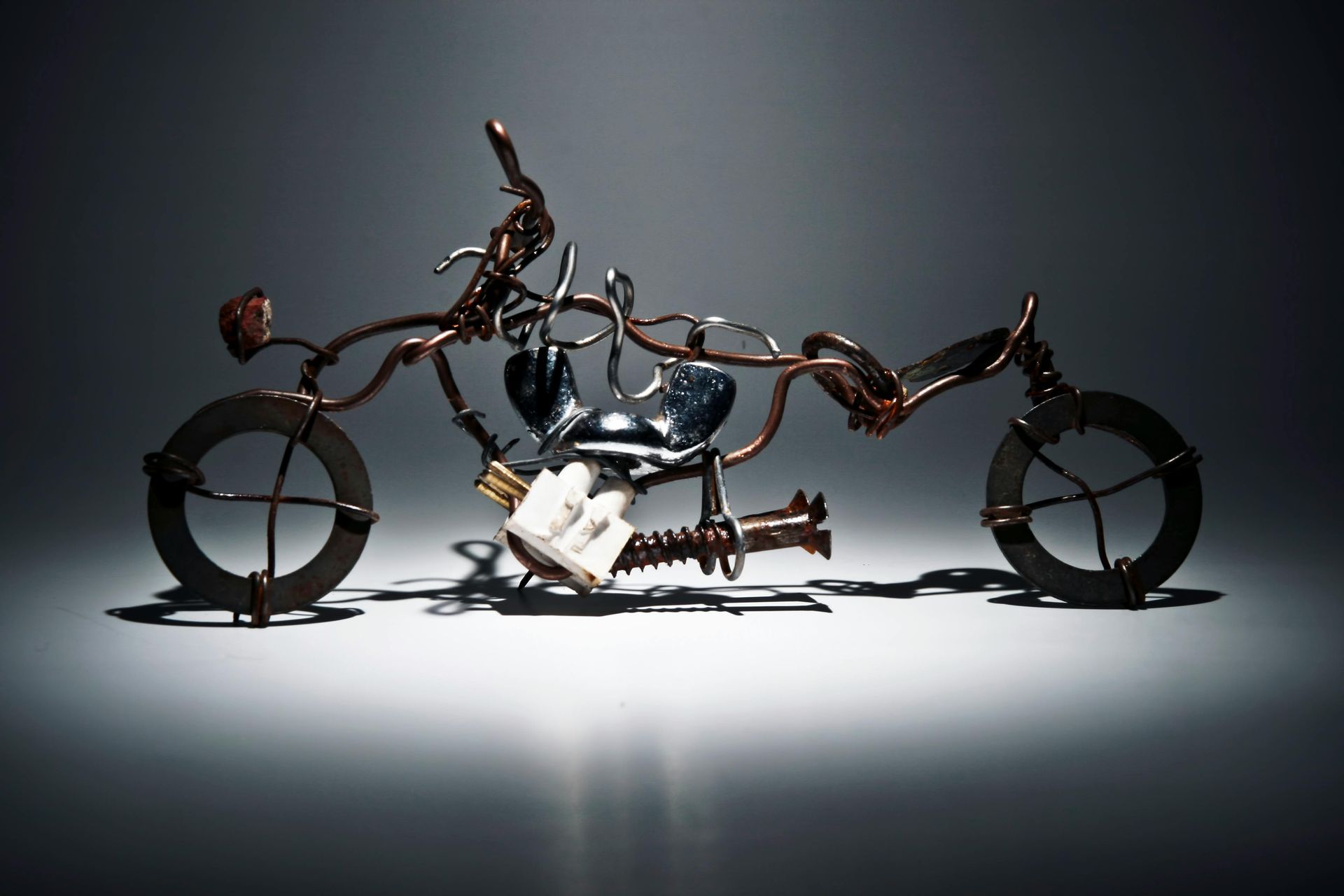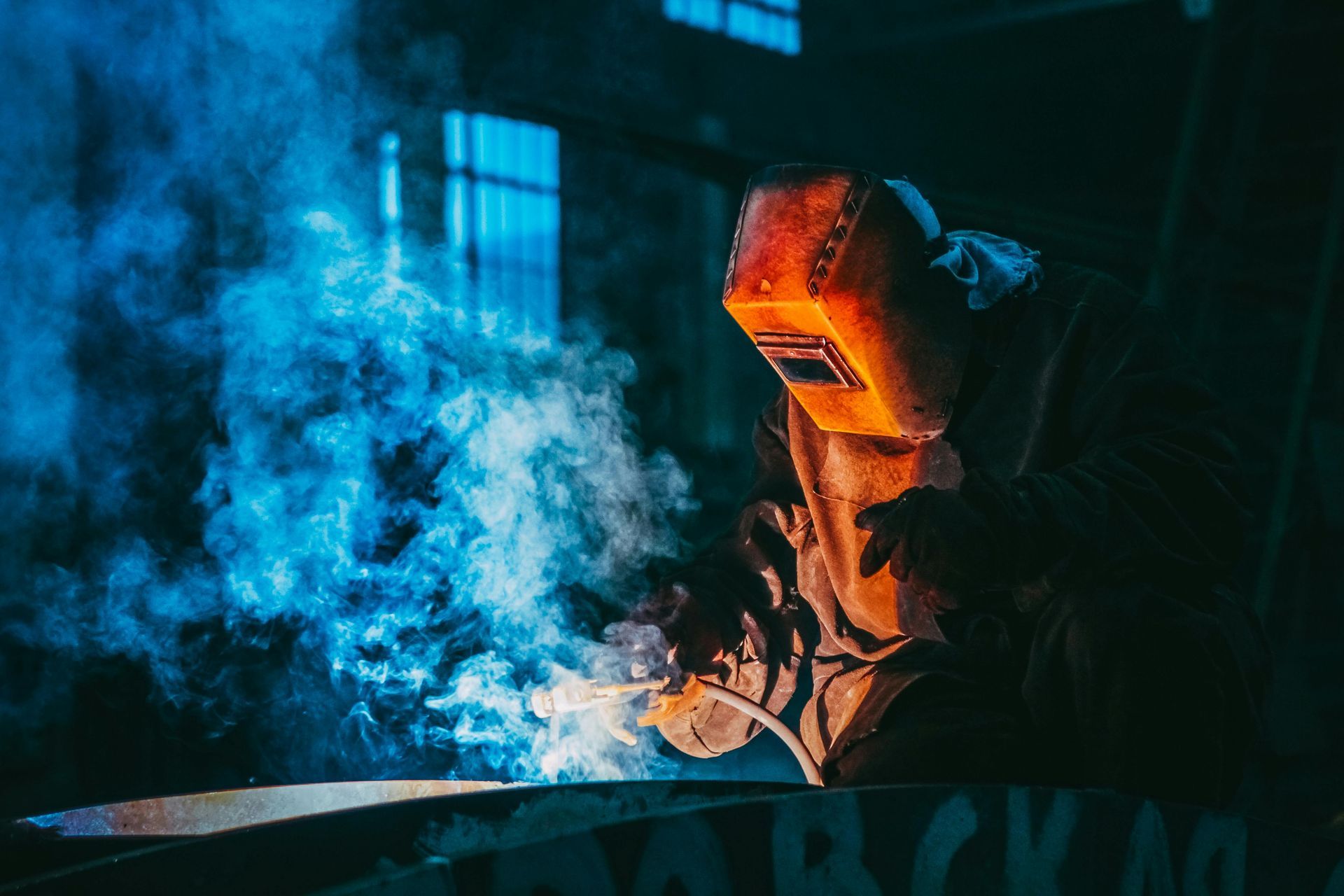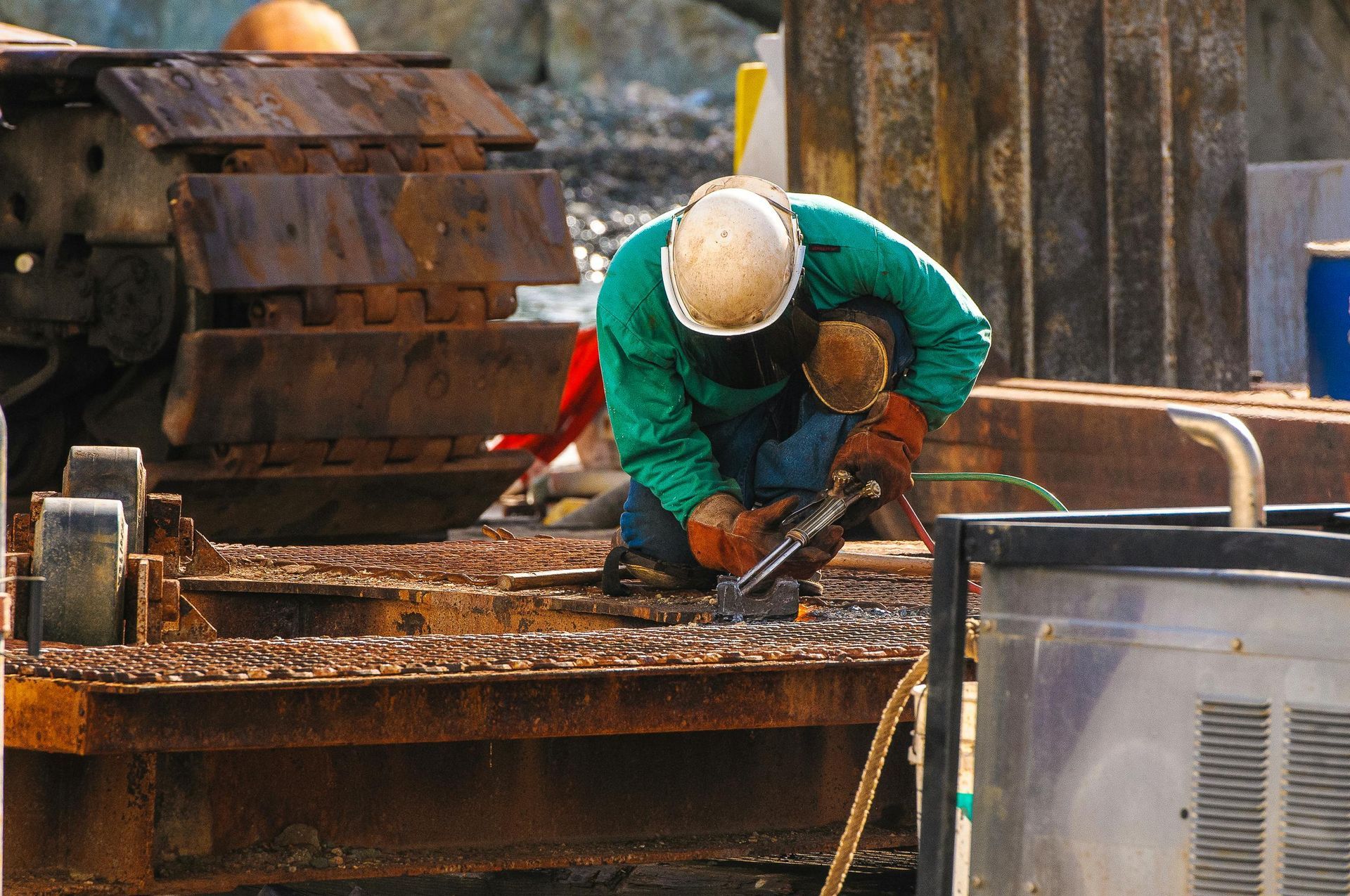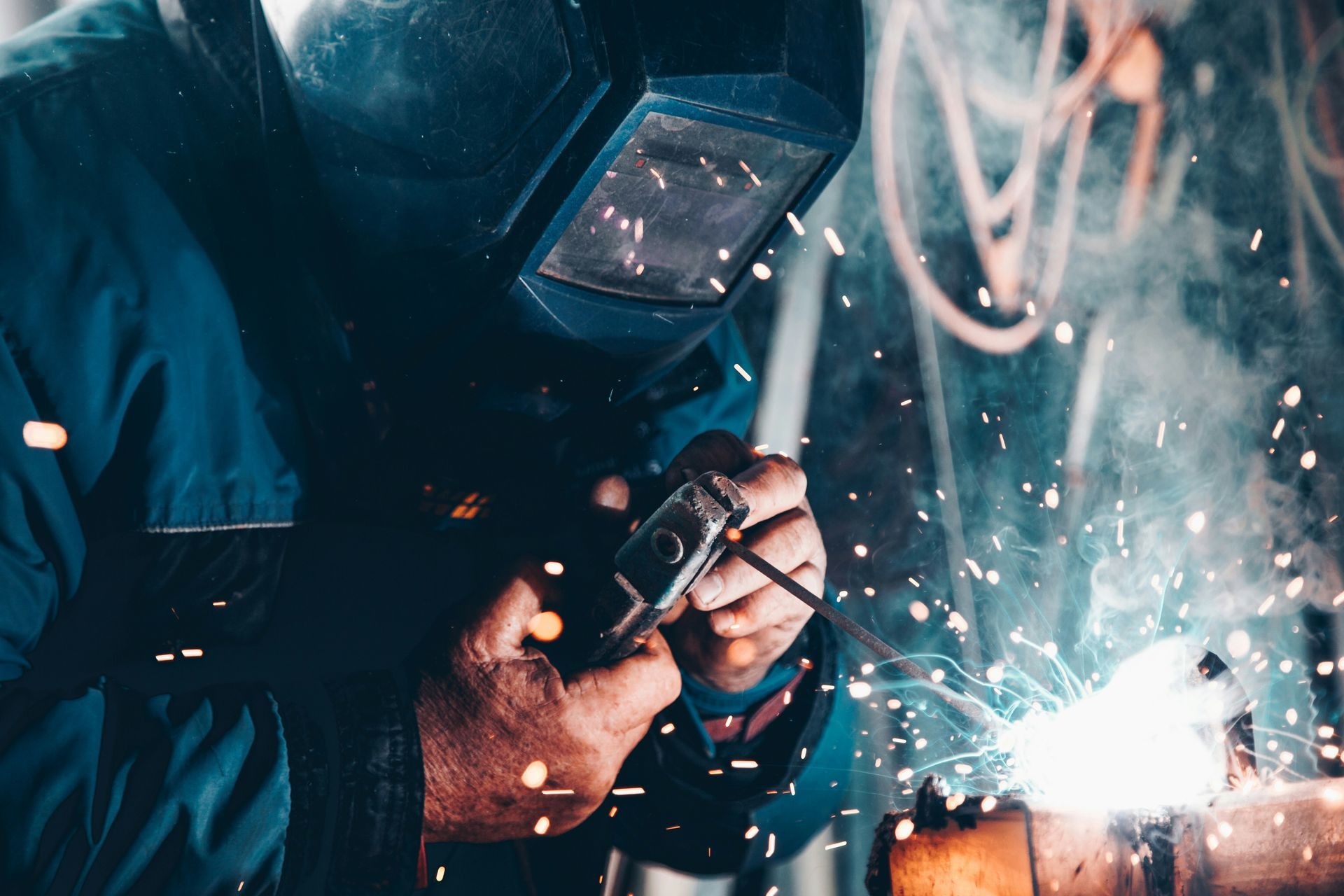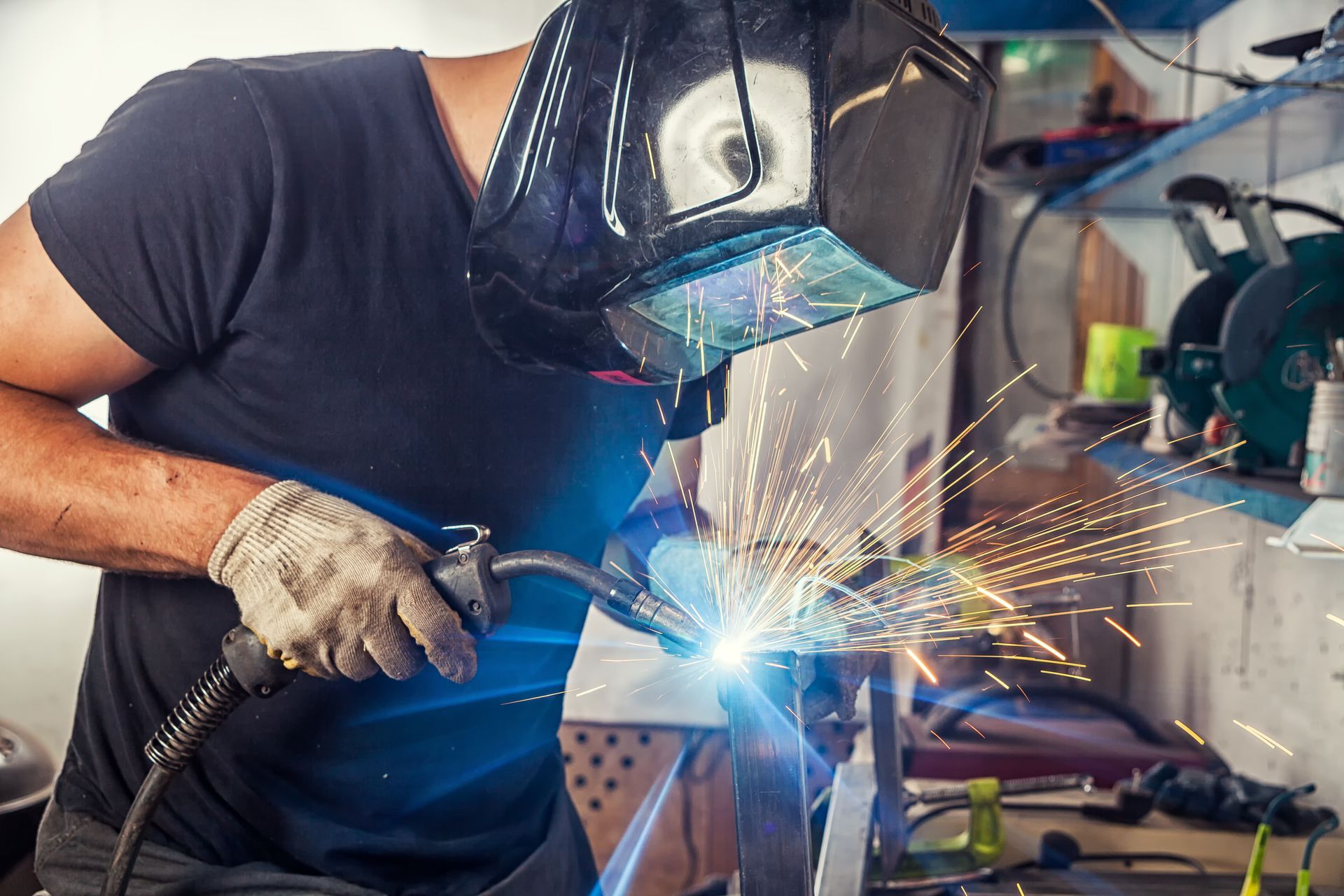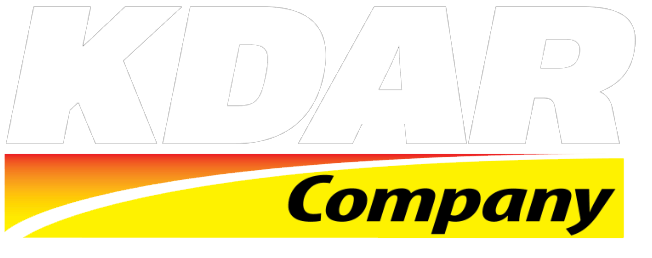KDAR Wholesale Distribution FAQs
January 12, 2022
As a wholesale distributor of products to the welding, automotive, lawn and garden, and tool industries, we focus on retail supply chains with innovative, high-quality products and state-of-the-art packaging to sell at great prices. Our goal is to sell high-quality products that are improved, have more components, and at a better price than our competition.
If you’ve never worked with a wholesale distributor, you likely have some questions about the process – and we want to offer some answers. If you still need some answers after reading this or want to get started with a purchase from us, please don’t hesitate to reach out to our experienced, friendly team.
What Does a Wholesale Distributor Do?
Like other wholesale distributors, we specialize in procuring a handful of specialized products in high-volume quantities. We then distribute these items to retail outlets who, in turn, sell these products to customers. The fact that we buy in bulk means that we save on costs, and retailers can pass those cost-savings by selling our products at a lower price point than our competitors.
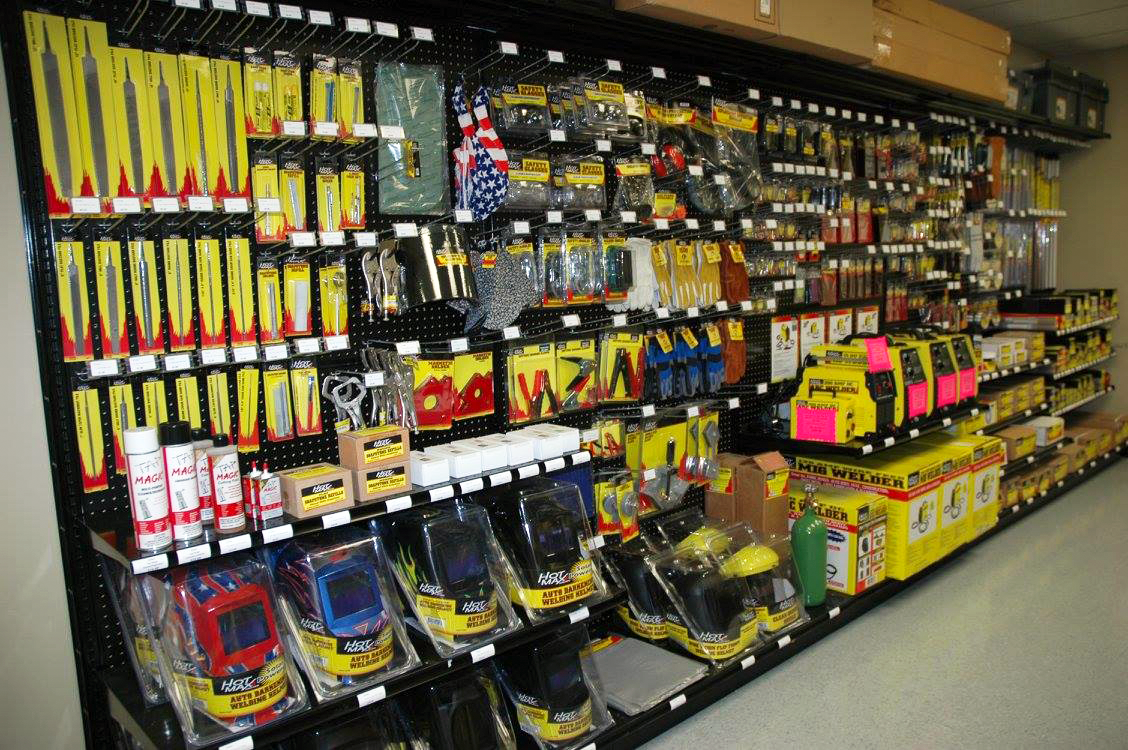
What Are the Benefits of Working With a Wholesale Distributor Like KDAR?
Cost savings is just one advantage of choosing KDAR, but another standout is convenience and accessibility. It’s no secret that the supply chain is turned on its head, and working with a wholesale distributor helps eliminate the risk of delayed shipping or product unavailability. Your customers will thank you when you can offer products when other stores (online or off) seem to be out of stock.
Which Products Are You Offering as a Wholesale Distributor?
KDAR has nearly 1,000 of the most needed and wanted Hot Max welding supplies and accessories in stock, including rod/wire, consumables, safety equipment, tools, gas welding equipment, torches, welders, abrasives, air fittings, and pressure washer fittings. We can fully equip your welding, automotive, lawn and garden, and tool store with the products your customers want.
Pro Tie is a wholesale distributor of more than 250 types of cable ties, mounts, and tensioning tools to satisfy your clients completely. Pro Tie products are made from the highest quality materials. We use superior, high-strength, yet lightweight 6/6 nylon for our standard cable ties. Our UV black ties are UV stabilized for outdoor use.
We also offer more than 150 types of US Cable-branded cable ties, including heavy-duty and extra strength options, plus cable ties sizes and types that are hard to find nearly anywhere else – made in the USA.
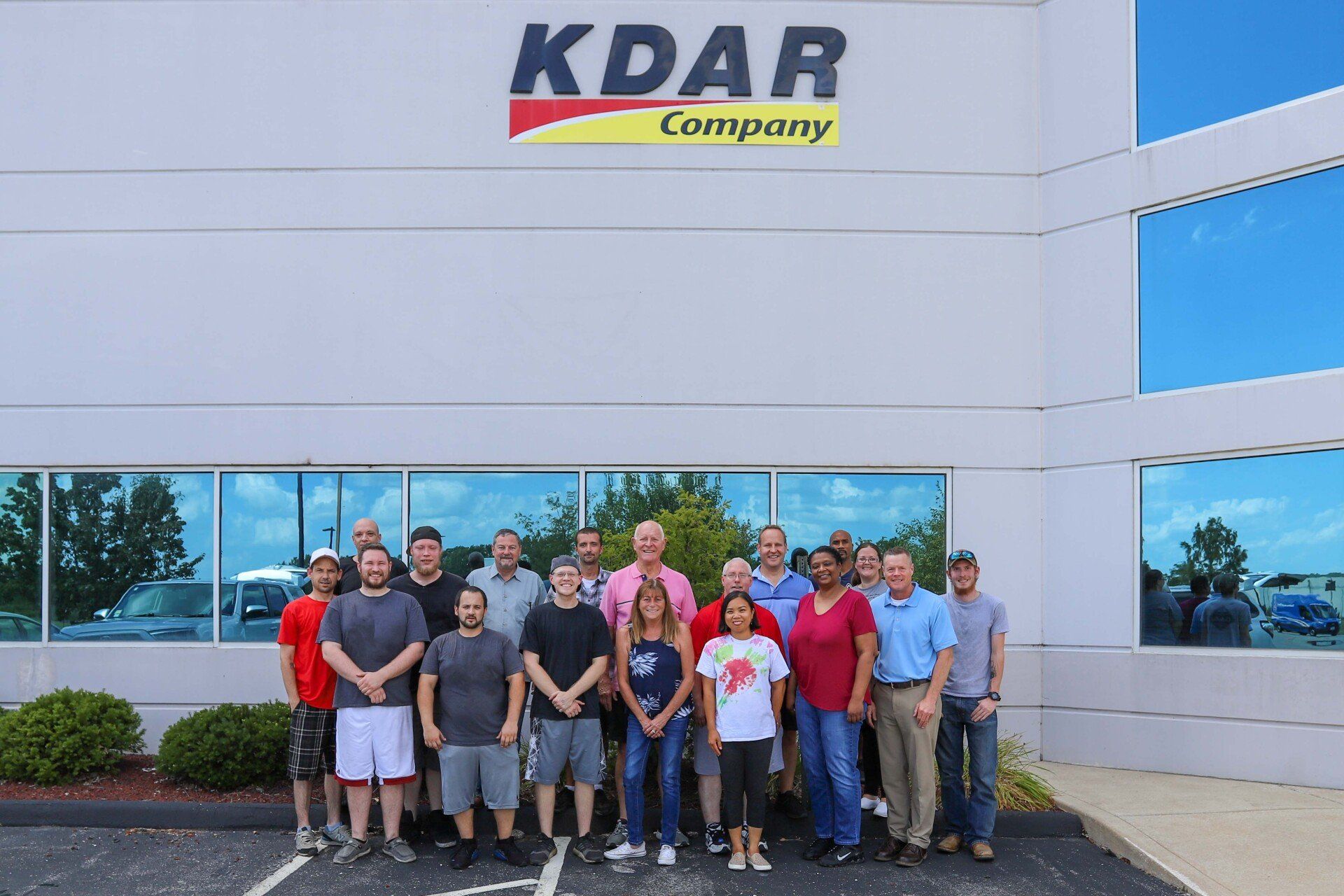
Who Can Order KDAR Products at Wholesale Volumes?
We sell our products to independent retailers, particularly rural retailers across the U.S. and stores in the Caribbean, Canada, and South America. Our brands include Hot Max welding supplies, Pro Tie USA cable ties and hose clamps, and US Cable Ties-branded cable ties. Retailers can browse our catalogs and order products directly from our website(s).
Why Choose KDAR Over Other Wholesale Distributors?
We sell better products with more features at lower prices than our competition. Plus, we back our products with our industry-leading customer service. We also strive to support US-based product manufacturers and recognize the importance of our retail partners choosing to buy American by choosing us. You’ll find us friendly, easy to work with, and enthusiastic about supporting your business. Our quality standards are upheld throughout our entire product line. We specialize in providing what you need!
